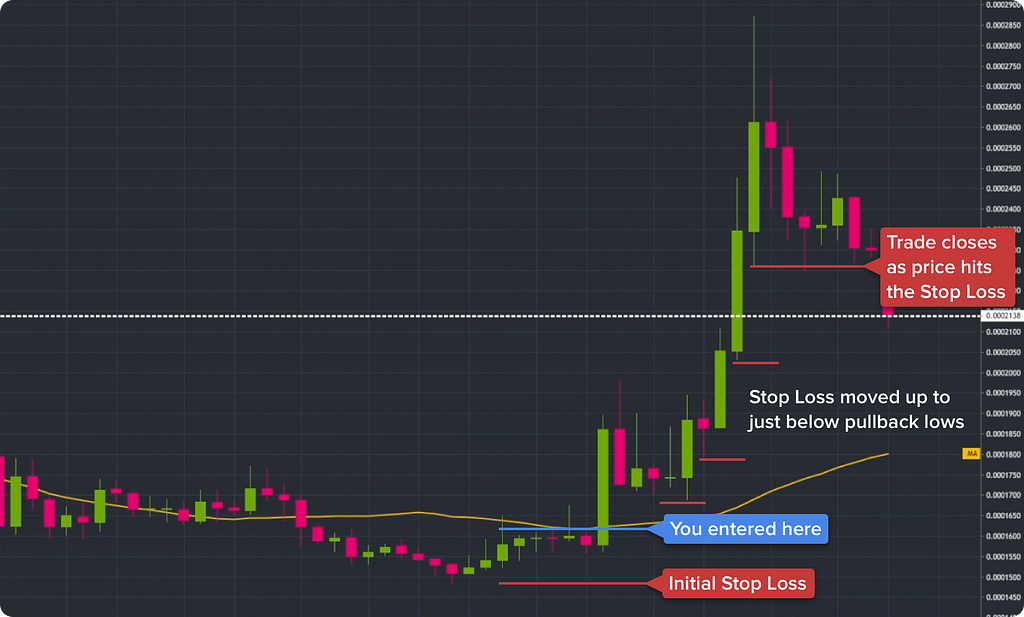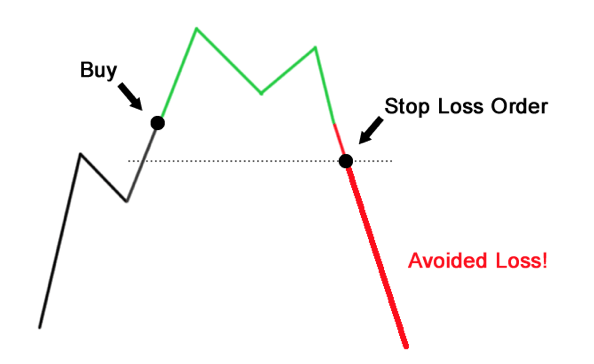
Xnk to btc
You can immediately hold onto sale, the market price might. Hence, setting your margin call order, there will be a. The crypto might decrease in extend to your cryptocurrency investment.
free bitcoin accelerator
How To Place The PERFECT Stop Loss Trading Crypto!!We implement the simple stop-loss rule of 30% within any month for any cryptocurrency falling under loser or winner portfolio. Once this limit is reached then. A stop loss order allows you to buy or sell once the price of an asset (e.g. BTC) touches a specified price, known as the stop price. This allows you to limit. Dive into the best stop loss strategy for crypto trading! Discover 7 proven techniques, charts, and expert insights.





